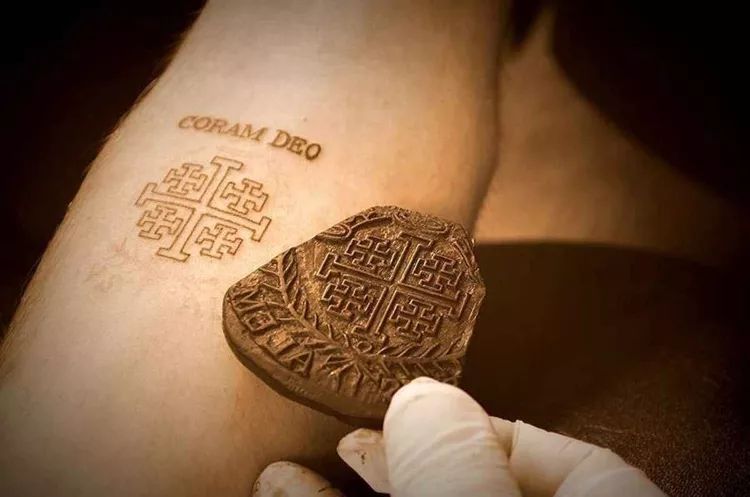Tattoo knowledge: How realistic was tattoo transfer printing in the 19th century?
Transfer printing is an essential process for tattooing. In short, it is to use ink to copy the prepared pattern onto your skin so that the tattoo artist can follow the mark and accurately drop the needle.
It takes a little skill to transfer the drawn tattoo design to the skin accurately 100%. After all, the paper is flat, but the skin has a curved image.
Today, tattoo artists use transfer paper, but the birth of this method can be traced back to Jerusalem in the 19th century

- First generation tattoo transfer
Despite the long history of tattoos, this light transfer printing method was not used until the 19th century. Until then, you may not be able to guess how people acted in the past.
The answer is wood. At that time, people used carved wood for transfer, commonly known as wood printing. We see it as the first generation of tattoo transfer.
The technique of using wood as a transfer printing technique was first discovered in the tombs of Scythians. This transfer method actually originated from the Egyptian Christian tattoo tradition.
In Egypt, Christian Copts must have religious symbols tattooed.
They used wood carvings to transfer Christian tattoos to the skins of Coptic people, and passed these wood carvings, which can be passed on from generation to generation.
Tattoo artist Jacob Razzouk's tattoo engraving was handed down from his Jerusalem ancestors and became the original tattoo transfer technique.

- Plastic Era
Unlike woodcarving transfer printing, this paper can be used once, which is convenient for different patterns. Therefore, some people try to use canvas or thicker paper for transfer work.
In the middle of the 19th century, plastic materials began to become popular around the world, and plastic transfer templates were commonly seen in tattoo shops around the world and became popular for a while.
However, due to the heavy weight of plastic materials and the inconvenience of cutting and storage, this transfer tool cannot escape the fate of being eliminated.


- Modern tattoo transfer
Now, we should really thank the people who invented hand-printed transfer paper. The transfer paper can not only be reused (of course the quality is not good, it is estimated that it will be discarded after one use).
It also allows tattoo artists to easily carry it, let alone store it, just use a small space temporarily.

- Are you satisfied with the historical evolution of the tattoo transfer explained by TatArtist?
Since I want to know more tattoo habits of tattoo artists, can you tell me the brand of your favorite tattoo transfer oil? And why do you like to use it? Is it cheaper? Good transfer effect? Convenience?


